My love affair with Nepal began back in 1987 on my first trek there at age 53, and continued well beyond my seventh and most recent visit in 2003. I went from being a tourist drawn by its magnificent mountain scenery and the adventure of hiking in such an exotic locale, to becoming a friend of the people in Badel, a remote hill village northeast of Kathmandu, due south of Mount Everest, where, with a friend I helped to found a library, arrange and pay for cleft lip surgery for two children, and finance the installation of modern simple latrines to help protect the health of village children. And then I wrote a book about the people we had met -- "A Balcony in Nepal: Glimpses of a Himalayan Village," with art by Margaret Roche.
In 1993 my friend Margaret Roche and I spent time in Badel, where our bright young guide, Buddi Rai, had grown up and then returned as a trekking company owner after becoming the first university graduate in his village. We came to know his parents, his brothers and sister, and his wife and children, and to welcome them to my home on Long Island when they eventually were able to come to the United States.
The engine that drove my return trips to Nepal was the admiration I had for her people. After my initial trekking adventures I felt I needed to go back to learn more about them. I wanted to understand how they were able to show such remarkable sweetness and cheerfulness in view of the arrant poverty most of them struggle with and of their hard lives. I needed to find out what these people, who wrested beauty from a harsh and primitive land, could teach me, a woman who lived in one of the wealthiest and most technologically advanced countries in the world. I knew I had to return. I did return, and I did learn so much from my Nepali friends. Those visits changed me forever.
And so when I heard the tragic news of the devastating 7.8 magnitude earthquake that hit this beautiful little country on April 25, my heart ached. I was desperate to find out how “my” village was doing. Happily, I received good news from my first trek leader, Peter Owens, an American who now lives in Kathmandu. Even after the second earthquake two weeks later, of a 7.3 magnitude, which dealt more blows to Nepal, and especially to the area between Kathmandu and Mount Everest, Badel’s people and houses had been spared. No one was injured and although some of the houses developed cracks, none were seriously damaged. And our little library still stands.
But my heart keeps breaking for Nepal. Last week The New York Times reported on the devastating destruction in the village of Barpak, the epicenter of the 7.8 magnitude hurricane that has taken more than 8,000 lives and flattened untold villages. I remember the much different view of Barpak, a village much like Badel, that I had on my first trek in Nepal in the spring of 1987, as captured in these passages from my journal.
"We set out, first uphill, and then contouring around the terraced slopes until we reach the village of Barpak, populated by members of the Gurung ethnic group, one of about one hundred groups in Nepal, each with its own language. Barpak is sizeable by Himalayan standards, spread out over a mile, with some 1,000 sturdy slate-roofed houses built from wood and from slabs of heavy stone scraped from the mountains that surround the village. With a population of about 10,000, Barpak gives off an air of prosperity, with its well-dressed children, many in western clothes; its school with classes 1 through 7; and its medical clinic under construction."
On May 6, 2015 The New York Times reported that about 1200 of the village’s 1450 buildings are gone or so badly damaged that they might as well be. The few houses built from concrete in the 28 years since our little group camped in the village largely stood up to the earthquake that destroyed so many of these remote mountain villages. I cannot bear to imagine what happened to Barpak’s medical clinic and to the staff and patients who were in it on that fateful Saturday.
"School closed early today to let the volleyball team practice for a big game coming up, but word of our arrival spreads, and six teachers come over to our campsite in the yard of the village panchayat (the governing council). A goodly contingent of villagers turns out too, and watches raptly as we present the English teacher, Khem Ghale, with items we’ve brought just for this purpose – ballpoint pens, felt-tipped markers, crayons, picture postcards of our home towns in the U.S. He’s a good-looking young man – slender, 5’8”, with thick black hair and chiseled features. Khem earned his S.L.C. (school leaving certificate, akin to high school graduation), and plans to study science at university in Kathmandu. He accepts our gifts and tells us about the school, the village, and himself."
I wonder where Khem Ghale is now. Did he go to Kathmandu , graduate from university, and get a better job? Did he return to teach in this close-knit community? Was he crushed by the earthquake, here or in Kathmandu? Or did he survive into his fifties to help his neighbors with the gargantuan task of rebuilding his shattered village?
"Khem takes us to see his home, with its walls covered with photos of family and friends. There’s a picture of his father, a retired Ghurka soldier, and a professional group shot of his parents, his four siblings, and himself. We meet his mother, sitting on her porch, weaving a bag she will use to do her marketing. We pass another house where a woman sits in front, on the ground, at a huge loom where she weaves an earth-brown hooded woolen cape, worn by all the boys and men in Barpak. They’re warm and waterproof and futuristic-looking with their peaked hoods. Just the thing for a cold rainy day on Long Island, I think, ready to pay $15 for one until I try it on and am weighed down by it. I can’t imagine how heavy it is when it gets wet.
"As we walk through the village, I ask Khem what his school needs. He tells us, “Blackboards and chairs.” A blackboard costs about $10. We caucus, take up a collection, and present the money. A few of our group go to see rakshi (the local liquor) being made in the home of the woman who sells it. I choose to stay back and repair my torn duffel bag. I’m a little sorry later that I didn’t go. But not broken-hearted. Is it the eastern influence that I seem to be more accepting of what is, what has been, what will be? Fewer regrets, fewer railings at chance."
But how can the survivors among these brave and cheerful people now accept the tragedy that has overcome them, buried their families, their friends, their homes, ruined their fertile beautifully sculpted undulating terraces that have enabled crops to grow up and down the steep hillsides? How accepting can they be? How can they go on, starting all over again? Will their strength come from their gods of the mountains, the rivers, the trees?
"Dinner back at camp, prepared by our ingenious kitchen staff, is chicken noodle soup, peppers, spinach noodles, a stew of meat, eggplant and peppers, boiled cauliflower, and blueberry cheese cake. The fifty or so children in their hooded capes watch our every move, looking like solemn little pupae in brown cocoons. They don’t watch us eat because they’re hungry, just because they are fascinated by our strange ways."
Where are these children now? They would be in their thirties today. Did the boys, like so many young men, leave the village to earn more money by working in construction in the Arab states, leaving Barpak populated by elderly farmers, women, and children? Did the girls look for work in Kathmandu or remain to raise their children alone? How many of them were felled by the earthquake?
"After dinner our porters and kitchen staff, after working hard all day, play music, and from our tents we watch them dancing under the stars until sleep takes over. I’m struck by their energy when I’m so tired – but even more by their seeming ability to be so happy with so little. Next morning we wake up at five, still seeing the stars. When the sun rises, its rays glint golden on the snowy 25,000-feet peak of Himalchuli before us. After breakfast we break camp and leave Barpak."
How have these villagers, whom I described then as living in dire poverty, in harsh conditions, while remaining cheerful and busy and purposeful and involved with life, coped with this new betrayal by nature? During my seven visits to Nepal between 1987 and 2003, I found her people not bitter, not beaten down, not even resigned. How are they today?
I can’t fight back tears at this tragedy, almost as if this were my family who was so brutally savaged. I’m overcome by a sense of powerlessness to help. I briefly consider flying to Nepal once again – and then am struck by the reality. There’s certainly no need for an 81-year-old woman with no training in medical care, construction, or other vital skills. And so I send checks to charities there on the scene and hope that the remarkable strength and resilience of the Nepali people, in the face of poverty, political unrest, and now the sudden loss of loved ones, of homes, of their very means of existence, will continue to wrest beauty from this harsh and primitive – and yes, beautiful – land.
Glitter Leaves
4 months ago






















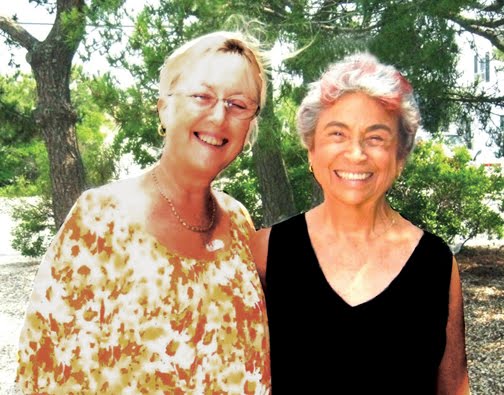.jpg)
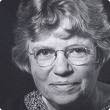


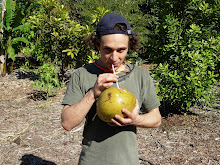

.jpg)
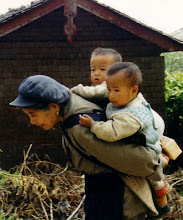.jpg)
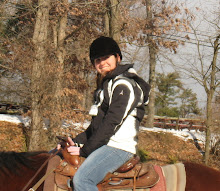.jpg)
.jpg)
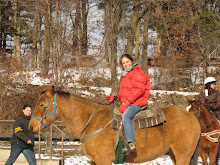

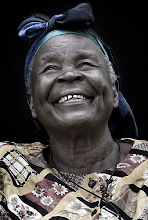

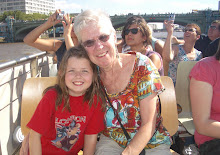.jpg)






.jpg)